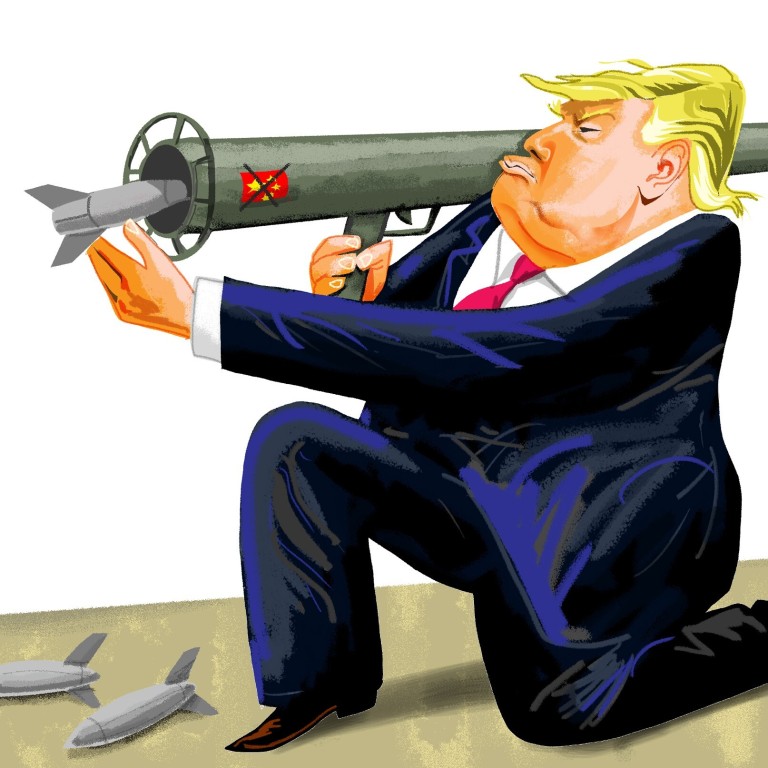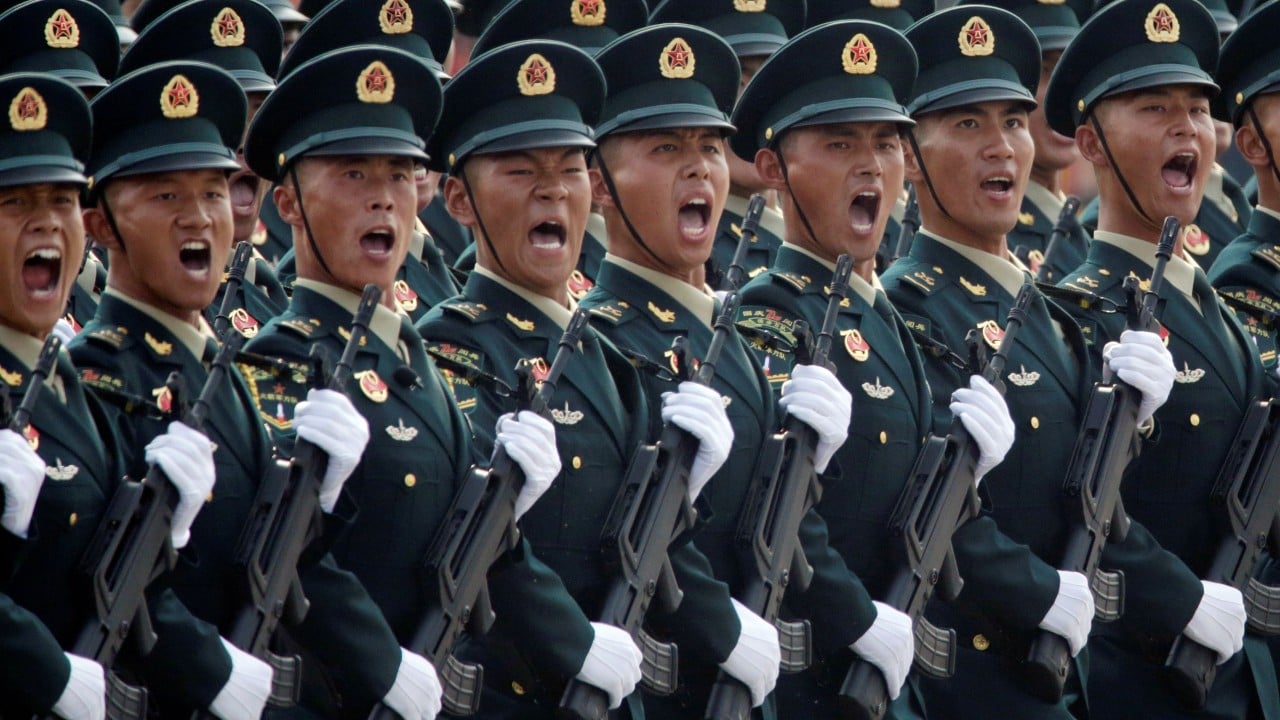
Donald Trump’s anti-China policy is doomed to fail, as his coronavirus strategy did
- Rather than a cohesive strategy, America is taking aim at China’s economy based on a mix of short-term thinking, parochial calculations, and fear of Chinese competition
- Most of its attacks are missing the mark, and some are likely to boomerang on US interests instead
First, although China hawks in Washington often liken China to the former Soviet Union, the comparison is very misleading. The Soviet Union was in a full-blown confrontation with the Western world, both militarily and ideologically, and the fierce arms race with the US severely strained the Soviet economy.

04:12
Are Xi Jinping’s China and Donald Trump’s US destined for armed conflict?
Yes, China is an authoritarian regime, but it is not interested in spreading Marxism around the world. Rather, China is far more interested in exporting capital, expanding its market share and securing resource supplies.
Trump’s attacks on Chinese tech aim to preserve US economic dominance
For the last four decades, the Chinese economy has been vibrant and thriving, with the private sector leading the way in generating jobs and economic growth. The standard of living for the Chinese has been improving at an unprecedented speed, with GDP per capita rising from around US$200 in 1980 to US$10,000 today.
The majority of the Chinese are genuinely happy. All this suggests that China faces totally different economic and political circumstances from the Soviet Union, and that the US is unlikely to crush the Chinese economy by using the same old Cold War tactics and strategy.
In fact, the Chinese government has never been this popular with its people – all thanks to the Trump administration’s hardline China policy. This policy has been read by ordinary Chinese as proof of the US’ denial of China’s right to be economically successful. Naturally, Trump’s policy has spurred public resentment against the US in China.
Foreign businesses, including American ones, are unlikely to abandon this vast market simply because the country is run by the Communist Party and has an authoritarian regime.
In Trump, China has an adversary who’s not afraid to push back
Moreover, for many American companies, access to the Chinese market is vital for revenue and profit growth. As such, an economic war with China will probably hurt the US’ business interests as much as China’s.
Going forward, the Trump administration will face increasing pressure from the business community to back away from the brink, simply because Trump’s policy will hurt American businesses in the longer run.
It is worth noting that all the Chinese companies on the White House’s hit list are privately-owned businesses, which are the backbone of a free market system and were encouraged and welcomed by all previous administrations in Washington.
What’s behind US paranoia about Chinese phones, drones and pills?
Clearly, the Trump administration’s calculus has changed: it is not that America’s national security is threatened by these Chinese companies; rather, the fear of Chinese competition is the true reason behind Trump’s economic war.
Unfortunately, protectionist policies have rarely created economic growth and financial prosperity. On the contrary, protectionism is often the root cause of recession and backwardness. In fact, Trump’s protectionist policies have not led to any revival in US manufacturing. Manufacturing as a share of GDP and manufacturing jobs as a share of national employment have fallen under the Trump presidency.
The bottom line is that the Trump administration’s China policy is shaped by political impulses, short-termism and parochial calculations, and is far from being a well-thought-out and cohesive strategy. This is reminiscent of the Trump administration’s failing Covid-19 strategy, or lack thereof, which has led to a disastrous outcome.
Trump’s China policy, like its Covid-19 strategy, may be more likely to end up hurting American interests instead of protecting them.
Chen Zhao is founding partner and chief strategist of Alpine Macro

